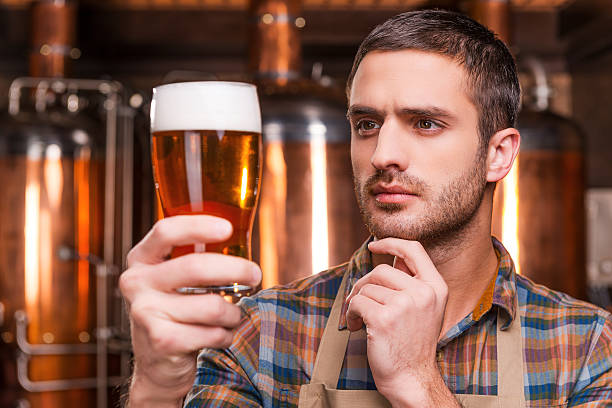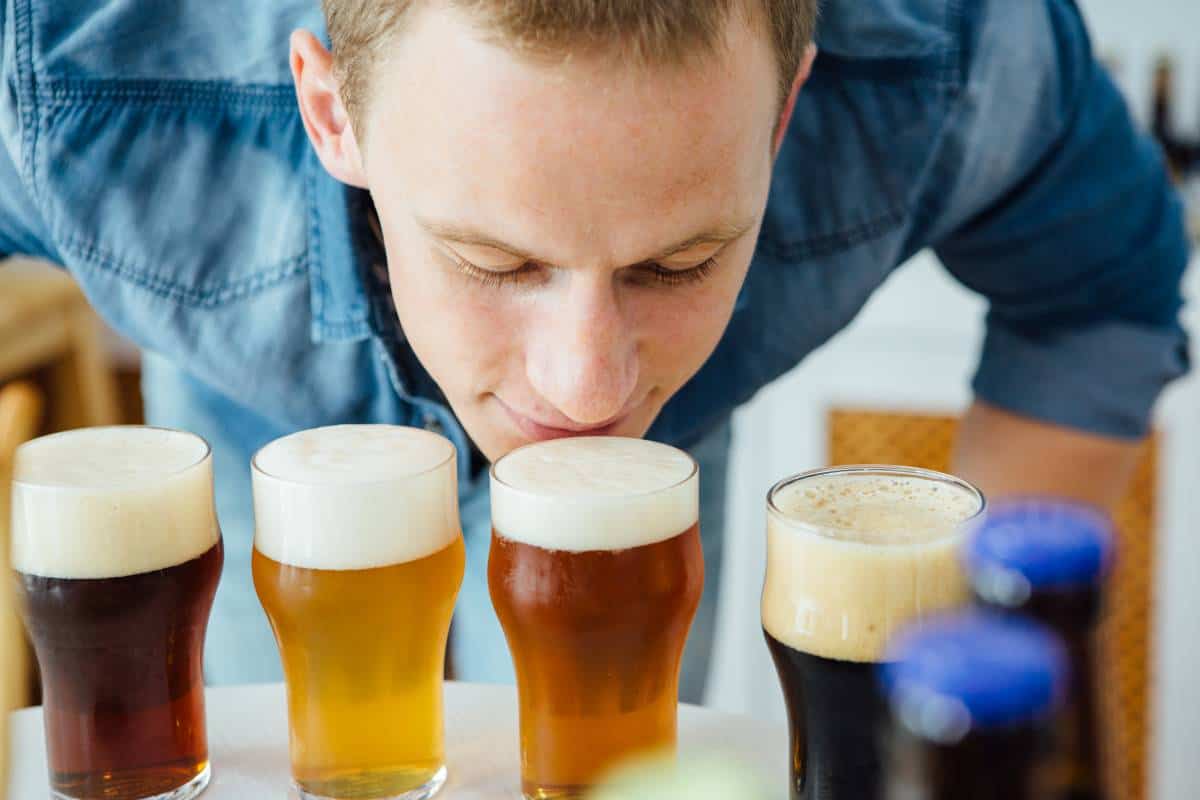A beginner’s guide to becoming a beer connoisseur
Your beer tasting journey can be as adventurous as you want it to be.

Picture: iStock
There is no denying South Africa’s rich brewing history and long love affair with beer predates that of wine.
Beer lovers indulging in this legendary beverage are spoiled for choice, with more than 100 styles on offer.
“While the professional beer taster undergoes rigorous training to help them identify distinctive flavour profiles in the beer, you can imagine how this myriad of beers might be overwhelming for the beginner beer lover,” says Tshepo Tloubatla, Beer Culture Manager at SAB & AB InBev Africa.
To help any rookie become a beer connoisseur, SAB has prepared a guide on how to taste your beer like a pro.
1. Cleanse your palate

Picture: iStock
Eating anything before tasting your beer can influence the taste, so cleanse or refresh your mouth. Cheese or crackers can affect your palate’s sensitivity to the flavours of certain beers. Keep it simple and use water.
2. Observe the colour

Picture: iStock
Observe your beer carefully. The colour will represent what type of brew it is – pilsners are a pale straw, American and English ales have a golden hue, while porters and stouts are amber brown and black.
If you are going to taste several different beers, it is better to taste from light to dark. This will help you focus on the developing flavour intensity and characteristics of the beer style.
3. Get a quick whiff of the aroma

Picture: iStock
After observing your beer, move the glass past your nose once or twice – this action is known as “the drive by”. Your nostrils and taste buds work together, so your sense of smell will give you vital clues about the type of beer you are tasting.
You should be able to pick up roast notes typical of malts; or pine, citrus, pepper, and fresh cut grass from the hops; or perhaps even hints of yeast.
This is when you can detect undesirable aromas called off flavours. The most common one is a sulphur-type flavour that can occur in beers which have been exposed to too much light.
This off flavour is somewhat like percolating coffee, with some people likening its aroma to the smell of tinned tuna. Other off flavours are aromas like vinegar and butterscotch toffee, which are undesirable in beer styles such as lagers.
Always sniff before you take the first sip – once you swallow a sip of beer, your ability to smell it will be slightly diminished.
4. Give it a swirl

Picture: iStock
Swirl the glass gently as this releases the volatiles, which are trapped and concentrated in the glass. Swirling knocks some of the CO2 out of the solution, causing it to foam slightly.
Allowing the beer to mix with air provides a stronger scent of the various aromatic components such as hops and malt.
5. Take a deep sniff

Picture: iStock
Take another deep sniff (not too deep) to set the stage for the long-awaited taste. This whiff should differ from the previous one, as now you’ll be able to get hints of the aroma:
- Malts: honey, biscuit, caramel, or baked bread flavours, but can contain hints of roasted coffee or in the case of stouts, a hint of dark chocolate.
- Hop aromas: citrusy, floral, or perhaps grassy in nature.
- Yeast aromas: fruity or sulphurous in nature
6. The long-awaited sip
Take a small sip, enough for it to run across your entire tongue, then let it slowly roll over your tongue for a few seconds before you swallow and breathe out gently.
At this point you’ll taste both broad and subtle flavours, the former being what you mainly taste while the latter will be a hint of a flavour. Broad flavours range from sweet, salty, acidy, or simply bitter. Subtler flavours can range from cloves, fruit, caramel, coffee, nuts, chocolate, and oak.
7. Food pairings to complement your beers

Castle Milk Stout with a chocolate waffle and ice cream. Picture: SAB
SAB has a range of beer styles to cater for varying palates. It is recommended to have something to eat in between your beer tasting.
• Stella Artois: a soft and creamy pilsner. Goes perfectly with creamy food dishes and seafood, such as lightly curried butternut soup.
• Hansa Pilsner: with its crisp flavour, it is best paired with light meals such as a green salad, steamed broccoli, or even hake fillet.
• Brutal Fruit Litchi: a great palate cleanser between beers to give yourself a reset between the various flavours.
• Carling Black Label: a full-bodied lager that is best paired with strong flavoured foods such as peppered fillet of springbok with a creamy mashed potato.
• Castle Milk Stout: the toffee, coffee, and mocha flavours found in this stout are perfectly paired with chocolate desserts but can also be paired with rich meat (oxtail and lamb shank) as well as other puddings made with chocolate and caramel.
8. Be bold
Your beer tasting journey can be as adventurous as you want it to be. Visit the SAB World of Beer in Newtown, Johannesburg to experience a beer and food tasting.
For more news your way, download The Citizen’s app for iOS and Android.








